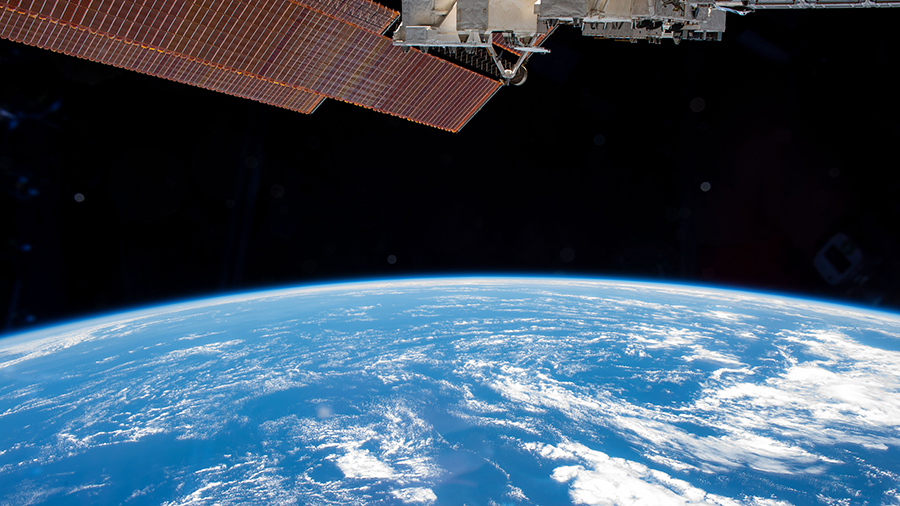Crew Off-Duty for Thanksgiving and Preps for Dragon Cargo Mission

The seven-member Expedition 64 crew from the United States, Russia and Japan will take the day off on Thanksgiving before ending the week with a day full of microgravity research. In the meantime, the crew spent Wednesday on a wide array of space science while getting the International Space Station ready for an upgraded SpaceX Dragon resupply ship.
NASA Flight Engineers Kate Rubins and Shannon Walker worked throughout Wednesday readying the station’s Tranquility module for a new commercial airlock from NanoRacks. Dubbed Bishop, the airlock will be delivered on the next SpaceX Dragon cargo mission targeted to launch on Dec. 5. The Bishop airlock will enable private industries to increase research opportunities in the vacuum of space.
Planned for Dec. 6, this will be the first automated docking of the Cargo Dragon to the space-facing port on the Harmony module. Previous Cargo Dragon vehicles were captured with the Canadarm2 robotic arm maneuvered by astronauts. Robotics controllers then took over and remotely installed Dragon to Harmony’s Earth-facing port.
The GRASP human research experiment, sponsored by the European Space Agency (ESA), was back on the science schedule Wednesday. Flight Engineers Michael Hopkins and Victor Glover wore virtual reality goggles and responded to virtual stimuli to help doctors understand how the central nervous system, specifically hand-eye coordination, adapts to weightlessness.
JAXA astronaut and Flight Engineer Soichi Noguchi started his day servicing the Kibo laboratory module’s Cell Biology Experiment Facility, a specialized incubator that can generate artificial gravity. Later, he joined Kate Rubins and examined her eyes using optical coherence tomography.
The orbiting lab’s two cosmonauts, Commander Sergey Ryzhikov and Flight Engineer Sergey Kud-Sverchkov, continued studying ways to make space workouts more effective. The duo later joined Rubins and practiced chest compressions, or cardiopulmonary resuscitation, in the event of a medical emergency aboard the space station.
from Space Station https://ift.tt/2HzPi32
Comments
Post a Comment